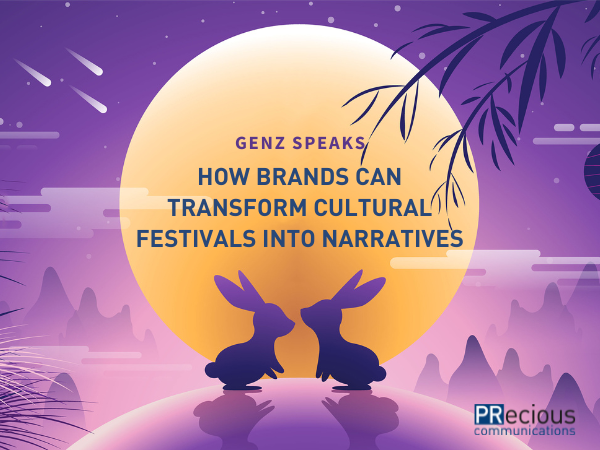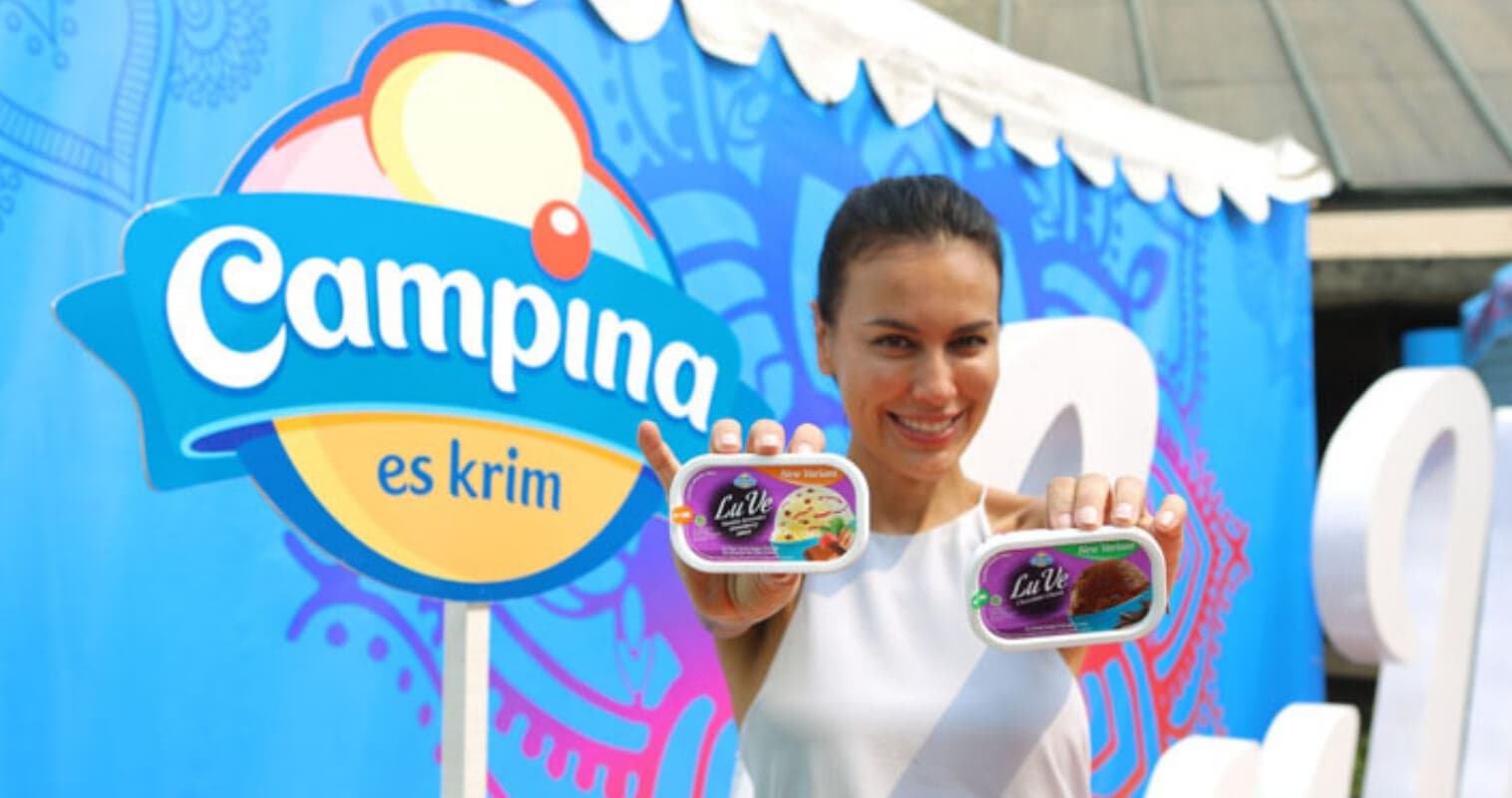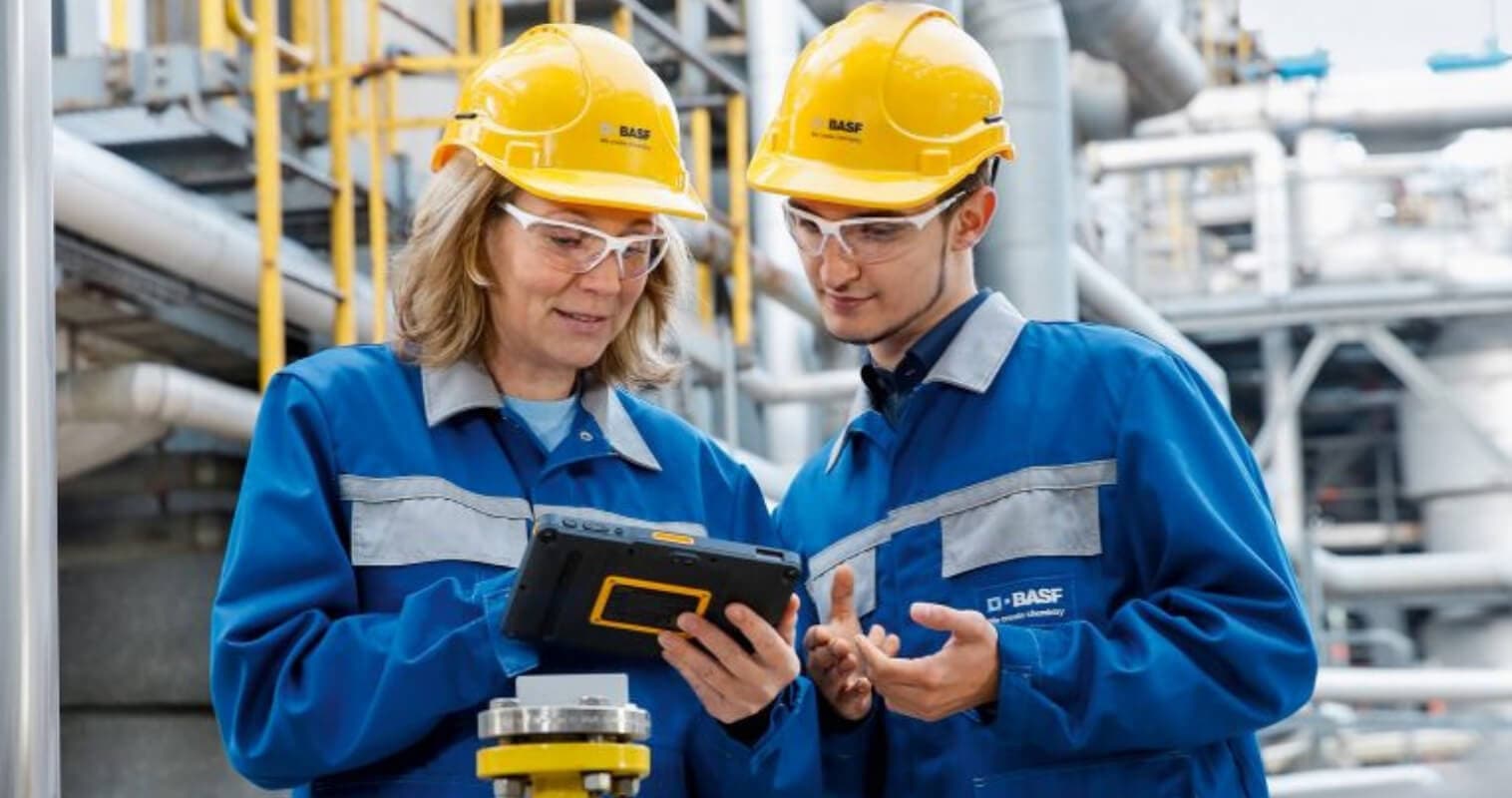Ghosted By The Media? Secrets to Get a Journalist to Cover Your Story

Role of PR Agencies in Delivering Value to Startups in Southeast Asia
July 11, 2019
SEAS appoints PRecious Communications to Drive Clean Energy Awareness
July 29, 2019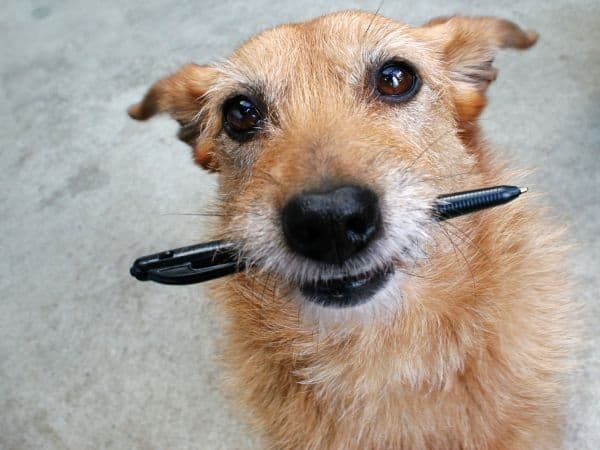
How often is it that you spend several hours on crafting the perfect pitch for your client's story, but there is no interest from the journalist? Discover how to avoid being ghosted by the media.
You’ve finally finished disseminating a press release to the media, hoping that there will be some pick-ups. As you look at your tracking software, you find no indication of media coverage. Nor are there any replies to your press release email. Give them some time, you tell yourself. But when you check your tracking software and inbox the next day, to your disappointment, there is still no reply nor coverage.
Relatable, isn’t it? We, as PR professionals, have experienced this one way or another. Hours of research and planning have been spent on finding the right angle and crafting the perfect pitch. And when we finally pitch a story, an event to cover, an interview opportunity with the C-suite, we find no interest from the media.
Surely, we want the media to cover a story about our client (and hit our KPIs); we do not want to be ghosted by the media. Calling them to follow up on the pitch may come to mind, but we don’t want to hound them with follow-ups either. After all, it is imperative that we maintain a healthy relationship with them, especially since we depend on them in delivering success for our clients.
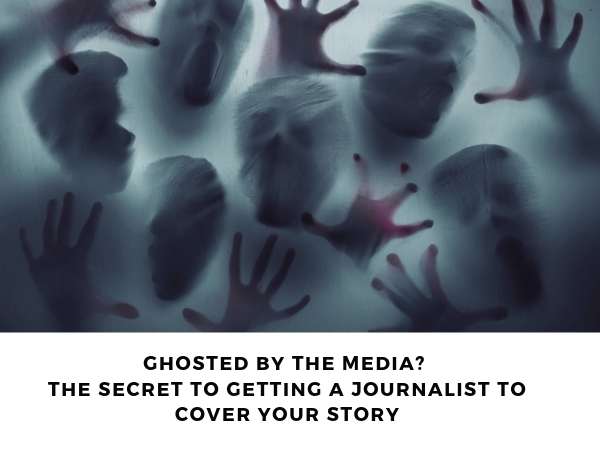
How often is it that you spend several hours crafting the perfect pitch for your client’s story, but there is no interest from the journalist? Discover how to avoid being ghosted by the media.
The Relevance Of The Pitch
One thing to keep in mind is that editors and journalists are busy. They receive hundreds of emails per day, so they might have missed the pitch or might not have the time to reply and cover the story. Nevertheless, with the right moves at the right time, following up on a pitch can help in securing coverage.
Before going straight to typing a follow-up email or calling the journalist, it is advisable that we take a step back and consider the relevance of the
pitch. According to Cision’s 2019 State of the Media Report, 75% of journalists expressed that less than 25% of the pitches they receive are relevant.
Whether or not a pitch is worth a follow-up depends on the topic and the publication. There are certainly some topics that are not usually covered by the media. A partnership announcement, for instance, may not be regarded as newsworthy enough for coverage in a daily newspaper but is relevant for a trade publication. Likewise, if the story has been published in another publication, it is futile to follow up with the remaining publications that have not covered the story.
The Right Time To Follow Up
It can be a tad tough to gauge the appropriate time for a follow-up email or call, but a rule of thumb to abide is to never, ever, follow up with the media within just a day after sending a pitch. Doing so comes across as too pushy and the last thing you want to see in your inbox is an email from a journalist telling you to remove them from your mailing list.
Given that journalists are always flooded with emails, it is good practice that we give them some time to catch up on their emails before following up on our pitch. Two to three days after the initial email is an ideal time to give the journalist a nudge about the pitch.
Additionally, follow-ups should not be done close to public holidays and long weekends. Journalists are probably not checking their emails during those times and might have even taken an extra day or two off to extend their holidays. Similarly, it is not recommended to follow up during special events.
The Right Steps To Follow Up
A good start to a follow-up is to reply to the first email instead of starting a new email thread. This allows the journalist to refer to the initial email, instead of having to scour through their inbox. While the main points of the pitch should be reiterated in the follow-up email, the content should be kept simpler and shorter.
Ideally, a follow-up email is done once to remind a journalist about the pitch. When the journalist does not reply to the email, pitching the story through a phone call might work. Do not despair, though, if the journalist does not pick up the call. The journalist (or the publication) is most likely not interested in the story. Move on to another publication or story and repeat the cycle of pitching until you get coverage.
Follow-ups increase the odds of journalists accepting the pitch and covering the story. Armed with the right balance of persistence, securing media coverage can be done without coming across as aggressive and annoying, and hurting your relationship with the media. So with that, here’s to more coverage and less ghosting by the media!
This post was written by Virginia Tanggono, Client Coordinator at PRecious Communications.


